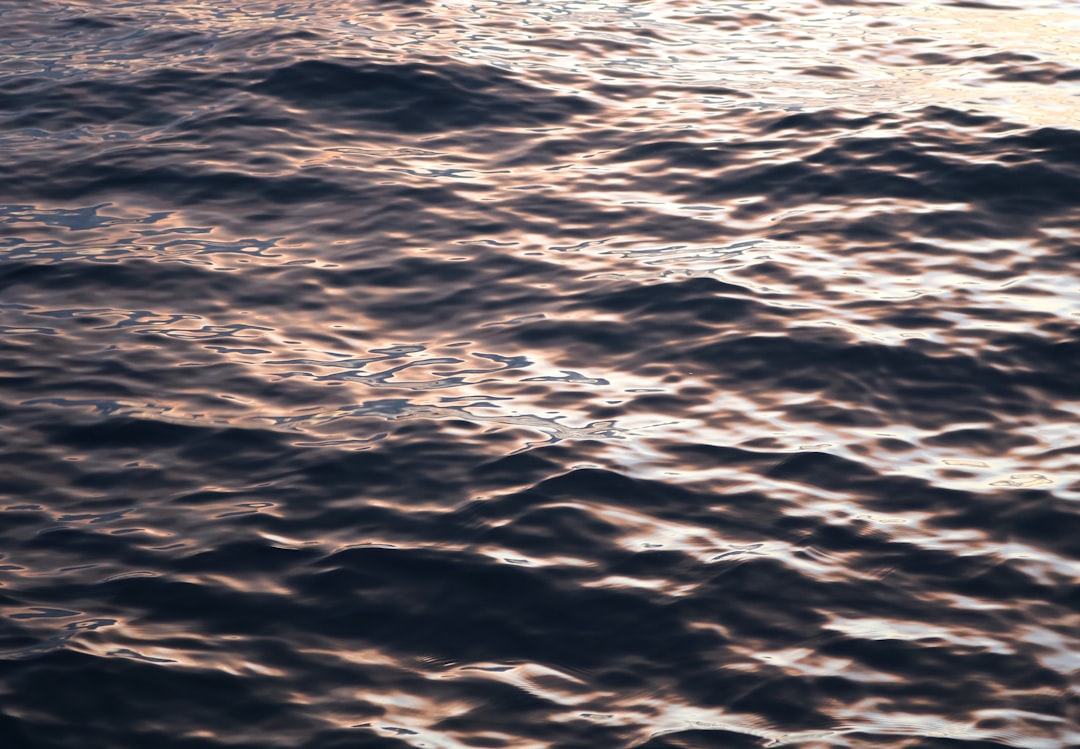What is it about?
The WaterGAP Global Hydrology Model (WGHM) calculates water storages (e.g. in groundwater and surface water) and its corresponding flows (e.g. discharge, evaporation) for the global land surface. Since 2002, the GRACE (Gravity Recovery and Climate Experiment) satellites are in orbit, which products are used to assess mass changes at the Earth, including changes in the water column. Processed GRACE data are used e.g. to calibrate WGHM water storages in order to improve model results. This paper describes the methodology of this approach and provides first results for the Mississippi basin.
Featured Image
Why is it important?
This approach is, to our knowledge, the first attempt to i) include GRACE observations as a gridded data product, ii) account for the complex spatial GRACE error correlation pattern by rigorous error propagation from the monthly GRACE solutions, and iii) allow integration of model parameter calibration and data assimilation within a unified framework.
Perspectives
This publication is one result of hard months re-coding the WaterGAP Global Hydrological Model together with our colleagues from Bonn University and it is nice to see that our attempt is working, even if there are of course many things to improve.
Mr Hannes Müller Schmied
Goethe University Frankfurt
Read the Original
This page is a summary of: Calibration/Data Assimilation Approach for Integrating GRACE Data into the WaterGAP Global Hydrology Model (WGHM) Using an Ensemble Kalman Filter: First Results, Surveys in Geophysics, October 2014, Springer Science + Business Media,
DOI: 10.1007/s10712-014-9309-8.
You can read the full text:
Contributors
The following have contributed to this page










